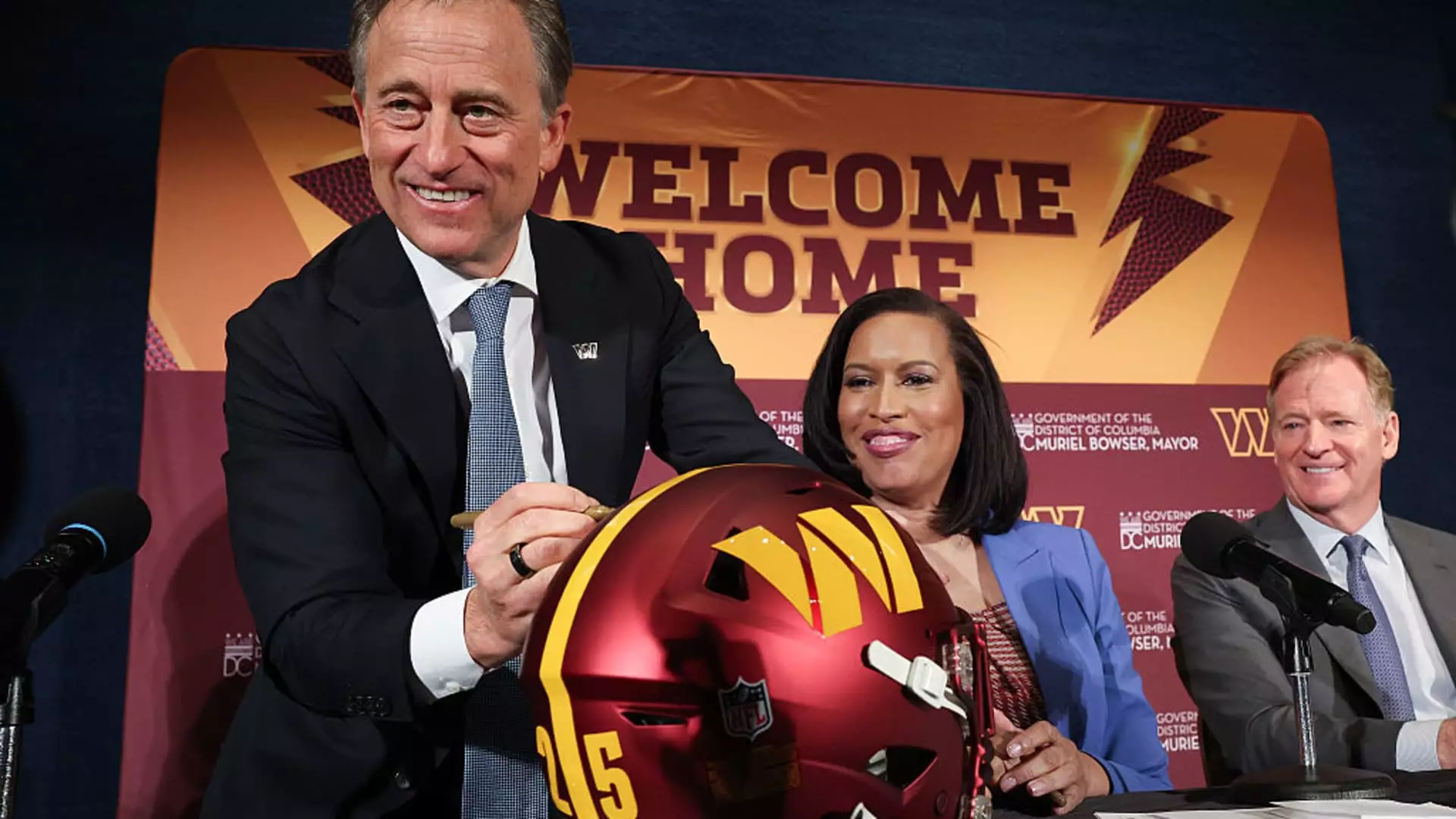The Washington Commanders are re-establishing their footprint in the District of Columbia, a move that signals much more than just a relocation of a sports franchise. This development is emblematic of a broader cultural renaissance, stirring nostalgia while projecting future potential. With a staggering $2.7 billion investment from the Commanders, supplemented by a significant $500 million from the city government, the monumental undertaking at the RFK Stadium site — even as it faces demolition — points to a spirited revitalization of the area.
Transforming an Iconic Site
Robert F. Kennedy Memorial Stadium once thrummed with excitement, from nail-biting NFL games to pulsating Major League Soccer matches. However, its long-standing vacancy reflects a lost opportunity for the city. The collective vision of the Commanders and D.C. officials not only revives that excitement but seeks to transcend it. The planned stadium, featuring a state-of-the-art roof and a capacity of around 65,000 seats, is just the tip of the iceberg. With additional housing, retail spaces, parks, and restaurants integrated into a broader developmental strategy, the project has the makings of a thriving community hub instead of a mere sports venue.
Financial Incentives for the City
Beyond the emotional and cultural implications of this move lies a financial windfall for Washington, D.C. Estimated to generate $4 billion in tax revenue and an astounding $15.6 billion in direct spending over the next three decades, the newly envisioned stadium promises to breathe new life into local economies. The creation of around 2,000 permanent jobs serves as further assurance that this venture won’t just be beneficial for the team but also for the residents and businesses in and around the area. The strategic investment in infrastructure — including improved parking and enhanced transportation options — signifies a concerted effort to support this integrated development.
Community Upheaval or Upliftment?
However, while the optimism surrounding this ambitious venture is palpable, it’s vital to maintain an inquiry into potential repercussions. Will the revitalization lead to the displacement of longtime residents? Encroachment by affluent developments could change the socio-economic fabric of the area, and community activism should be at the forefront to ensure that benefits are equitably distributed. As Mayor Muriel Bowser gleefully states that D.C. is the “Sports Capital,” it is crucial to remember that this “capital” should serve its populace first and foremost.
Reclaiming a Legacy
The Commanders’ return to D.C. could be seen as an apology of sorts — a reclaiming of their historical legacy that was lost when they departed RFK in 1997. The memories of three Super Bowl victories evoke a powerful emotional landscape for fans, and it seems that Josh Harris, managing partner of the Commanders, is attuned to this undercurrent. The new stadium will not just hold events but will be a cultural touchstone, rekindling pride among supporters who have longed for their team to find its rightful home once more.
This venture represents a symbiotic opportunity: a chance for the Commanders to reinvigorate their brand and for the city to embrace a new identity, laden with economic benefits and cultural significance. As we look towards 2030, the anticipation grows — will we witness the successful birth of a modern-day coliseum that caters not just to sports fans, but to the heart of the community itself?

